| EVFTA: Opening the way for Vietnam - Sweden trade FTAP Portal - "handbook" of information about the Swedish market |
Ms. Nguyen Thi Hoang Thuy - Commercial Counselor, Vietnam Trade Office in Sweden, concurrently in charge of the Northern European market, cited statistics from the Swedish International Trade Center showing that import growth from Vietnam in the period 2018 - 2022 reached an average of 9%/year, which is quite an impressive figure.
 |
| Ms. Nguyen Thi Hoang Thuy - Commercial Counselor, Vietnam Trade Office in Sweden, concurrently in charge of the Northern European market. Photo: VNA |
In 2022 alone, according to data from the General Department of Vietnam Customs, the value of Vietnamese goods exported to Sweden reached 1.264 billion USD, up 5.4% and imports reached 353 million USD, up 9.9%. The total turnover reached 1.617 billion USD, up 6.3% compared to 2021. Vietnam's main export items to Sweden are currently phones of all kinds, computers, electronic products and components, textiles, footwear, iron and steel products, spare parts... Vietnam's main import items from Sweden are telecommunications equipment, machinery and equipment of all kinds and pharmaceuticals.
Ms. Nguyen Thi Hoang Thuy said that the Vietnam Trade Office in Sweden is planning to organize a series of events on the sidelines of the high-level visits that the two countries' prime ministers have previously agreed upon, such as the Vietnam - Sweden Business Forum, meetings with potential investors, organizing a Vietnamese Goods Week in Sweden, as well as organizing Swedish business delegations to Vietnam to attend major fairs such as the Sourcing Fair in June 2024 and the International Food Fair (FoodExpo), to further promote bilateral trade relations between Vietnam and Sweden.
According to Ms. Hoang Thuy, 2023 is a difficult year for the world economy due to the prolonged impact of many major fluctuations, such as the Russia-Ukraine conflict, China's zero-COVID policy and policy responses of countries to deal with inflation. Weak aggregate demand and increasing costs have led to a contraction in production, business, investment and trade activities.
With such an overall economic picture, consumers are increasingly pessimistic, limiting unnecessary shopping and spending, leading to reduced consumer demand and reduced imports. Vietnam's exports recorded a sharp decline in many key commodities. Exports to Sweden also decreased sharply in 2023. However, according to Trade Counselor Nguyen Thi Hoang Thuy, compared to other Asian countries, Vietnam still ranks second in exports to Sweden, after China.
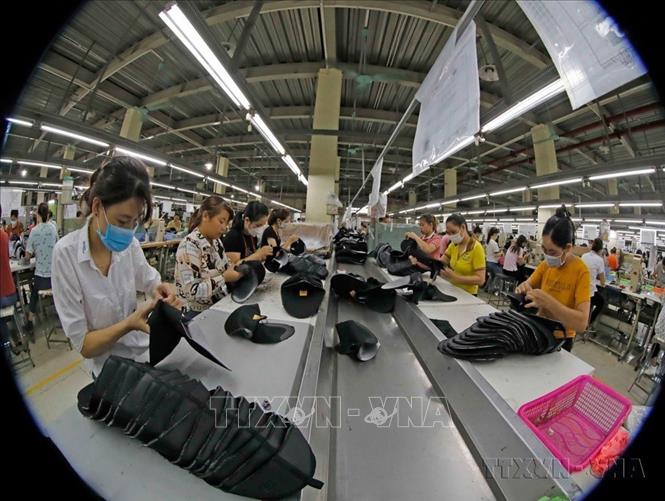 |
| Vietnam's main exports to Sweden are footwear, textiles, seafood, wooden products, handicrafts, computers... Photo: Tran Viet/VNA |
With the Vietnam - European Union Free Trade Agreement (EVFTA) signed on June 30, 2019 and taking effect from August 1, 2020, the trade opportunities open up for Vietnamese and EU businesses, including Sweden, are enormous.
However, Trade Counselor Hoang Thuy said it is difficult to assess the effectiveness of EVFTA after more than 3 years of implementation when the agreement was put into effect during a period of global economic instability due to the COVID-19 pandemic, followed by the Russia-Ukraine conflict that disrupted the supply and demand chain, energy and food crises, high inflation, and people cutting spending.
However, it must be affirmed that EVFTA will certainly help mitigate negative impacts on the economy and will gradually become effective. The most obvious effect is tax incentives that help many Vietnamese products gain a competitive advantage over competitors in the market.
For example, rice, which was previously almost absent in Sweden, with a turnover of only a few tens of thousands to over 100,000 USD due to its inability to compete with rice from Cambodia and Thailand, has now increased to over 3 million USD and is gradually increasing its market share in this region. Similarly, some agricultural and aquatic products with a 0% tax in the first year also show a clear competitive advantage.
For some processed and manufactured goods, EVFTA not only brings tax benefits but also makes Swedish businesses more enthusiastic about the Vietnamese market, especially in the context of these businesses having a great need to find new markets to shift investment and business. Many Nordic business delegations have come to Vietnam for surveys, such as Autoliv Group, specializing in manufacturing safety products for cars, with 72 factories in many countries around the world and sales revenue of 8.2 billion USD/year.
However, the Swedish market also faces many challenges because of its small population, just over 10 million people, small market, and high demand for domestic consumer goods, so businesses in this country mainly import from distributors in the EU center. The small market, large geographical distance while there are no direct flights from Vietnam, as well as no cooperation on seaports and airports, also make it difficult to bring Vietnamese goods directly to the Swedish market.
In addition, Vietnamese goods exported to the EU market in general and Sweden in particular, if they want to enjoy tariff preferences, must first comply with regulations on origin from the raw material production stage. Meanwhile, most of Vietnam's main export products are not proactive in raw material sources, so this will be a difficulty and challenge for Vietnamese enterprises.
In addition to certificates of origin, Vietnamese enterprises must also comply with other strict regulations, such as environmental issues and technical standards. Overcoming these difficulties, Vietnamese goods will have a firm foothold in the Swedish market in particular and the EU market in general.
In addition, Ms. Nguyen Thi Hoang Thuy emphasized that businesses need to pay attention to Sweden's new consumption trends to adjust production. Swedish consumers are very concerned about environmental issues, so they pay attention to products produced through processes that ensure environmental protection standards and sustainable products. For food, consumers are increasingly inclined to consume organic food. It is forecasted that by 2030, organic food consumption in Sweden will increase 3 times the current level.
For daily consumer products, customers tend to choose simple, convenient, reusable products, using recycled materials... In general, consuming green and clean products is the main trend. Consumers pay more attention to labels and certifications printed on them than to the products themselves and they are willing to pay 20-50% more for products with environmental protection certifications or social responsibility, sustainable development...
Source link




![[Photo] Overcoming all difficulties, speeding up construction progress of Hoa Binh Hydropower Plant Expansion Project](https://vstatic.vietnam.vn/vietnam/resource/IMAGE/2025/4/12/bff04b551e98484c84d74c8faa3526e0)

![[Photo] Closing of the 11th Conference of the 13th Central Committee of the Communist Party of Vietnam](https://vstatic.vietnam.vn/vietnam/resource/IMAGE/2025/4/12/114b57fe6e9b4814a5ddfacf6dfe5b7f)







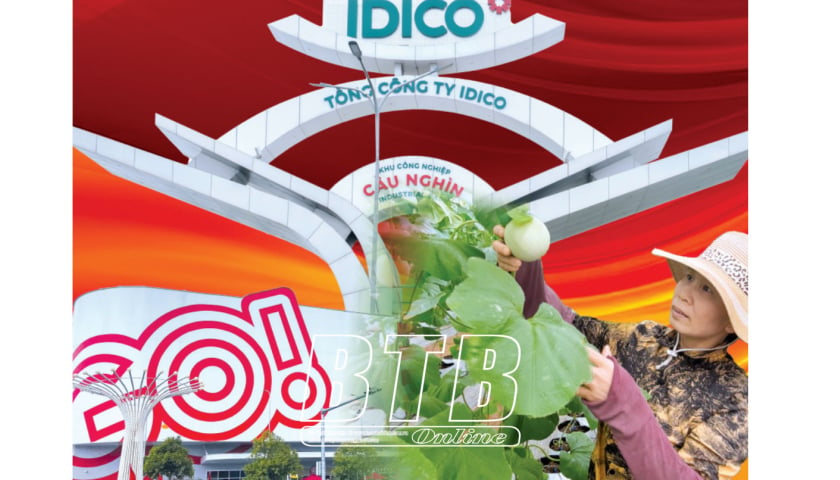







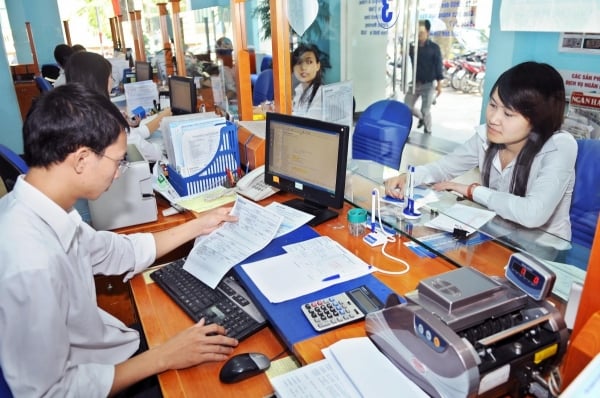

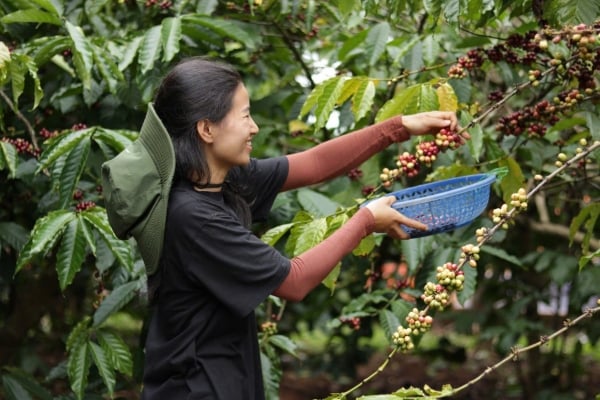





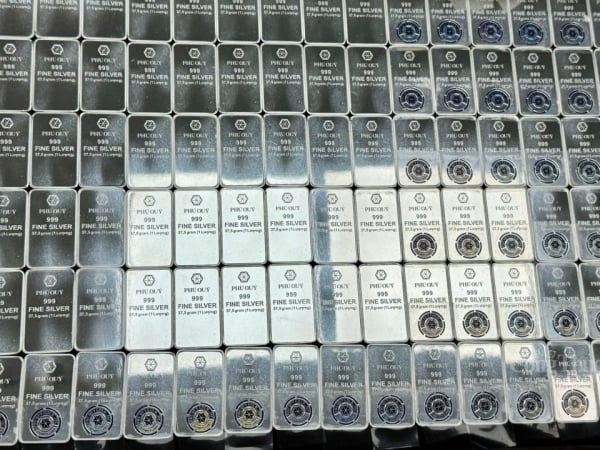
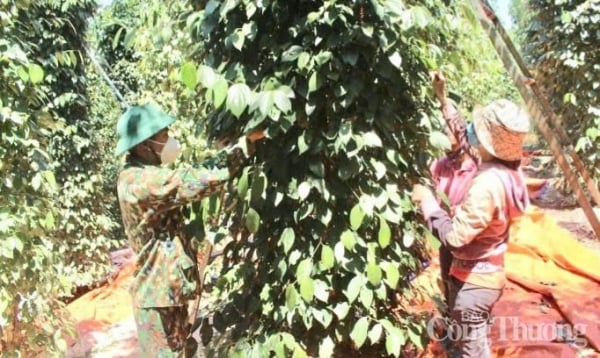

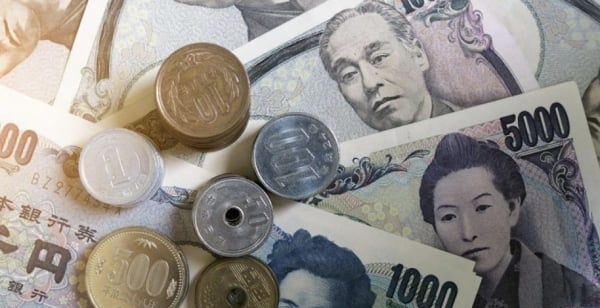














































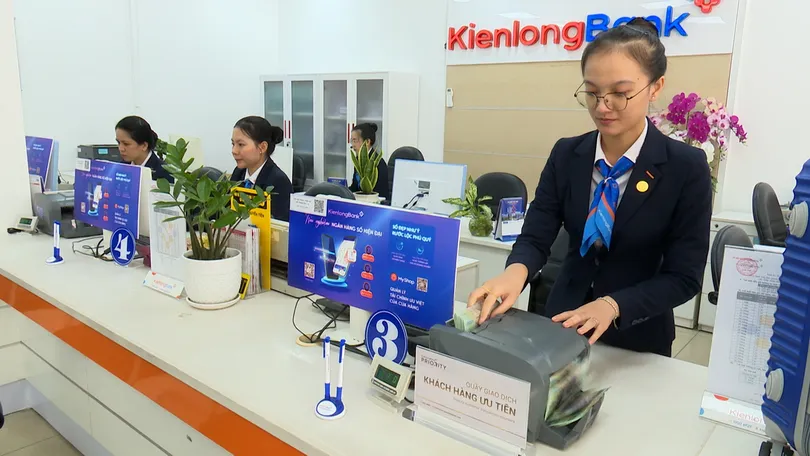
















Comment (0)